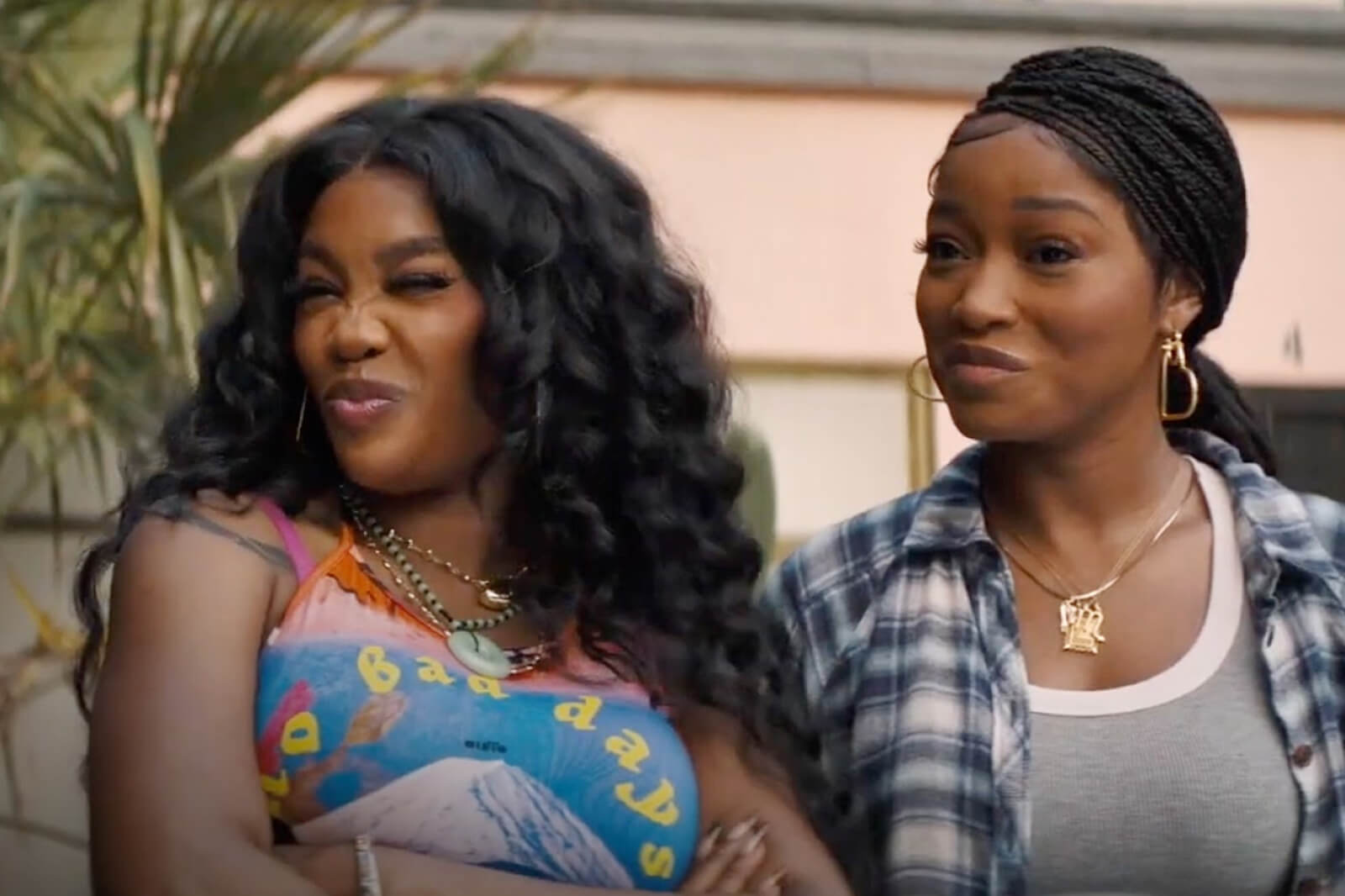
Photo by Joel Muniz (Unsplash)
The lesbian experience can be isolating. Comic artist and lesbian, Alison Bechdel began publishing her comic strips in gay and lesbian magazines and newspapers starting in 1983.
Dykes to Watch Out For followed the lives of a cast of mostly queer characters, their friendships, and a mix of “high and low culture – from foreign policy to domestic routine, hot sex to postmodern theory.”
Along with the 2006 bestselling graphic novel, Fun Home – which inspired the Tony-award-winning play of the same name – Bechdel’s most famous work is her comic, The Rule. The strip debuted in 1985, depicting a fictionalized conversation with her friend, Liz Wallace.
This became known as The Bechdel Test.
A movie:
- Has to have at least two women in it who
- Talk to each other about
- Something else besides a man
One character reveals that the last movie that satisfied these requirements was Alien, which premiered 6 years earlier.
The term gained popularity in the 2010s, with a major peak in November 2017, when it was revealed that for the first time, a majority of television programs were satisfying the rules of the test.
Regarding the comic’s fame, Bechdel said, “Somehow young feminist film students found this old cartoon and resurrected it in the Internet era and now it’s this weird thing…People actually use it to analyze films to see whether or not they pass that test. Still . . . surprisingly few films actually pass it.”
It’s become a shorthand over time to define if a film is “feminist” or not. But that’s not what Bechdel was intending.
The Bechdel-Wallace test gauges female representation rather than any specific female interpretation.
Bechdel and Wallace just wanted to see some women onscreen who have inner lives!
The lesbian experience can be isolating. It’s not asking too much for blockbuster films to feature female characters whose every frame doesn’t revolve around men. Using the test to define whether a film is feminist or not isn’t fair to feminism, the movie industry, or Alison Bechdel. If a movie passes the test, it can still be a misogynist wreck. And there are plenty of films with explicit feminist messages that don’t necessarily satisfy the rules.
Still, it’s wild how low the bar is, and how few films will pass the test. Particularly now, since the test is a widely known part of popular culture. And it can be resolved with just a brief conversation. A quick glance at 2022’s films have about half passing the test.
Other tests have popped up in its honor, like the Duvernay test intending to measure racial diversity. There’s the Mako Mori test, inspired by a character in Pacific Rim. Although her actions fail to pass the Bechdel test, Mako has a satisfying narrative arc. Finally, there was the Fire Island controversy, where a white woman called out the film for failing to pass the Bechel Test; an unfair callout for a cast of queer Asian characters, who are underrepresented in Hollywood.
Bechdel herself chimed in.
Okay, I just added a corollary to the Bechdel test: Two men talking to each other about the female protagonist of an Alice Munro story in a screenplay structured on a Jane Austen novel = pass. #FireIsland #BechdelTest— Alison Bechdel (@AlisonBechdel) June 8, 2022
And as more women and people of color get cast in active, engaging, and inclusive roles, these tests will keep evolving. Our films and series must strive for diversity in terms of race, gender, and LGBTQ+ stories. Because we deserve original stories, true to all walks of life.













